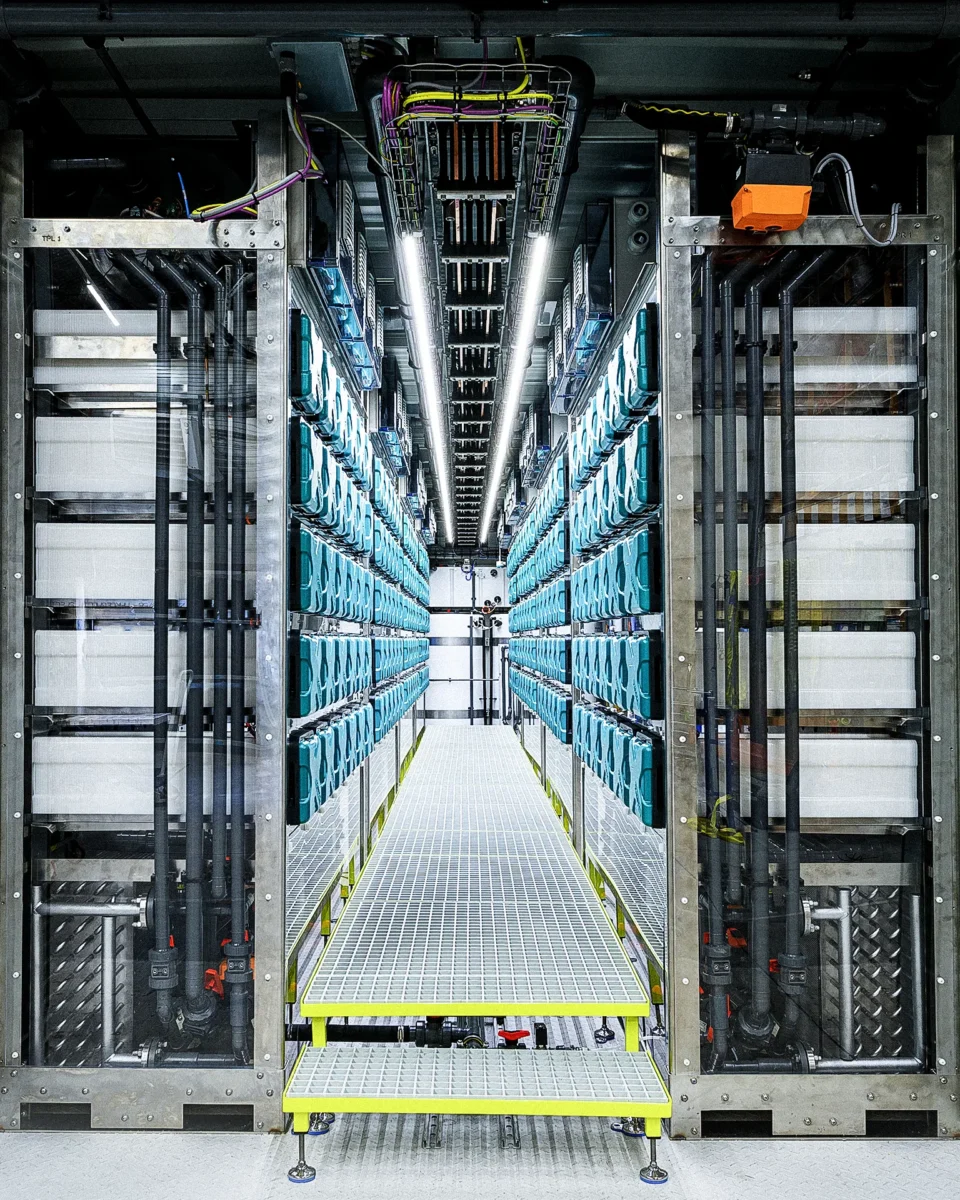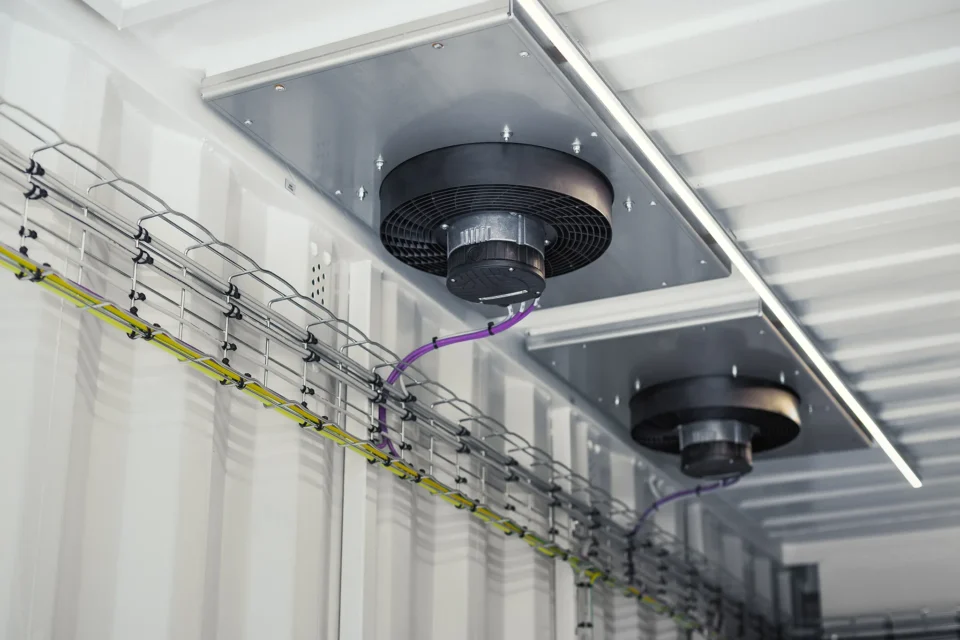Hydrogen as an energy source is a simple and sustainable solution! When it is utilized, the only byproduct is water vapor – no pollutants, no CO₂. However, there is a catch – the production process requires energy. If this energy derives from coal or natural gas, the otherwise lower carbon footprint is compromised. As a result, truly “green” hydrogen needs energy obtained from renewable sources such as solar and wind. These can be found in large quantities in remote locations such as deserts. And here lies the crux of the matter: Hydrogen production plants – so-called electrolyzers – are expensive, complex and maintenance-intensive. They require complex infrastructure and are tricky to adapt and scale. This poses a problem in barren desert landscapes. However, XINTC has a solution.

Our systems need to be better, cheaper and more robust.
Wilko van Kampen, Founder & CEO XINTC
Green hydrogen, cheaper and more flexible
The Dutch company, based in Eerbeek, has made it its mission to make the production of green hydrogen cheaper and more flexible. To this end, XINTC has developed electrolyzers that do not need inverters, transformers or batteries to obtain green electricity. This saves materials and costs, improves efficiency and reduces maintenance work. XINTC also relies on the quality and durability of the installed components.
“Our systems need to be better, cheaper and more robust,” says company founder and CEO Wilko van Kampen. “Many of our plants are located in remote areas. If something fails out there, maintenance becomes extremely expensive for our customers.” The electrolyzers are therefore also designed to function reliably in difficult conditions, whether intense heat or bitter cold. In addition, the modular design enables the electrolyzers to be scaled in different ways – from 600 kilowatts to 100+ megawatts. A single module has a capacity of 5 to 6.5 kilowatts. As such, the electrolyzer systems can be adapted in line with local requirements and used almost anywhere in the world.

Constant cooling throughout thanks to AxiEco
On the subject of heat, it’s worth noting that the electrolyzers dissipate a fair amount of it during operation. To prevent the installations from overheating, the warm air must be continuously discharged. This is where compact axial panel fans from ebm-papst come into play – they draw in the ambient air, convey it through the system and discharge it to the outside. This ensures a continuous airflow and reliably transports the heated air out of the system, around the clock.
At the same time, the fans perform another important function. If hydrogen accidentally escapes inside the plant, they immediately transport this highly flammable gas to the outside. As a result, the constant air circulation not only ensures an optimum operating temperature but also prevents hydrogen from accumulating inside the containerized systems.

And then there’s the weather to think about. Many regions where XINTC electrolyzers are deployed are subject to extreme ambient conditions — scorching heat during the day, bitter cold at night and sometimes sandstorms in between. It’s a real endurance test for technical systems. However, ebm-papst’s fans have also been designed for such situations and they work reliably even under the most difficult of conditions and flexibly adapt their output in line with the ambient temperature. To achieve this, they are tested under even more extreme conditions and subject to real environmental influences in the testing center.
Green hydrogen as an energy store
With its modular electrolyzers, XINTC enables its customers to produce green hydrogen economically and reliably, even in remote locations such as deserts. One particularly clever feature is that excess electricity from wind and solar parks can be used directly to produce hydrogen. This means that renewable energies can also be stored, transported and used in the form of hydrogen – even when the wind is not blowing or the sun is not shining.

Leave a comment